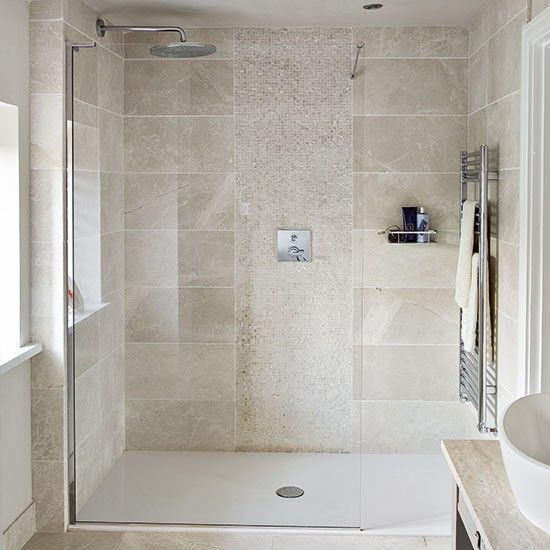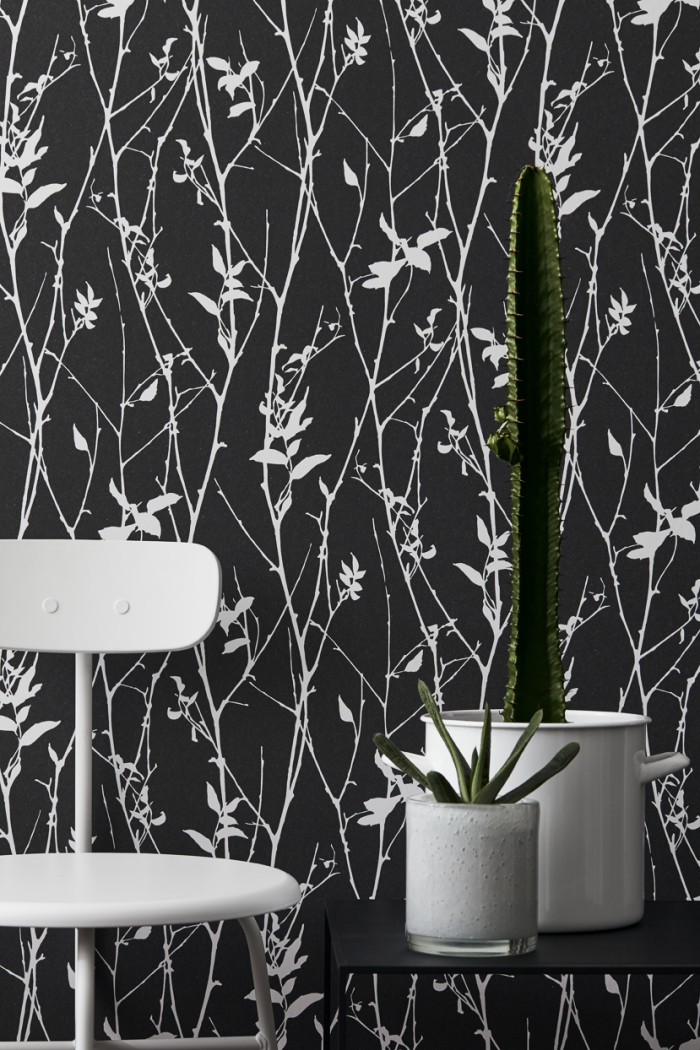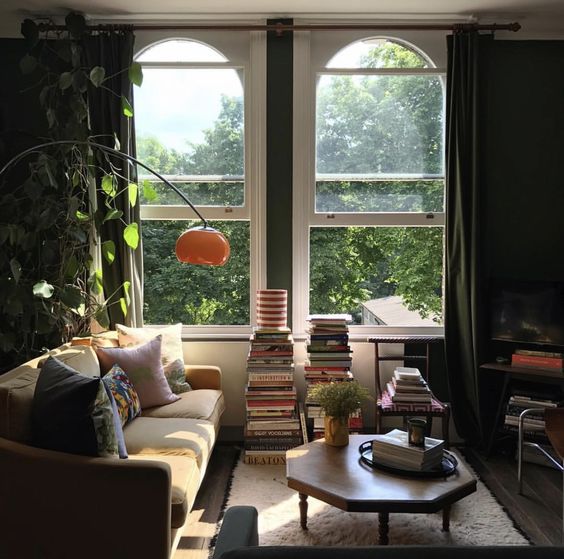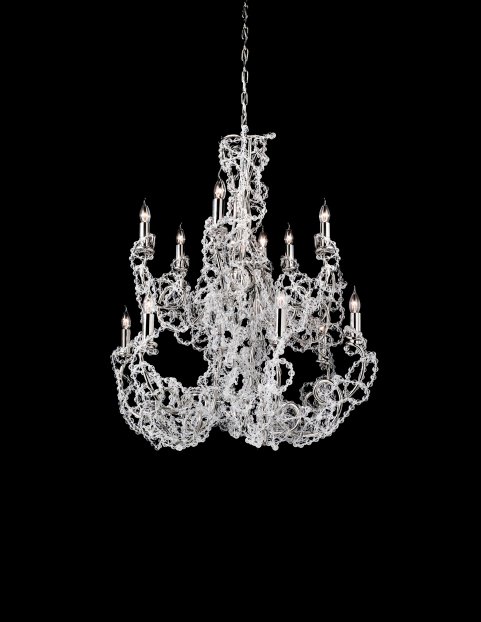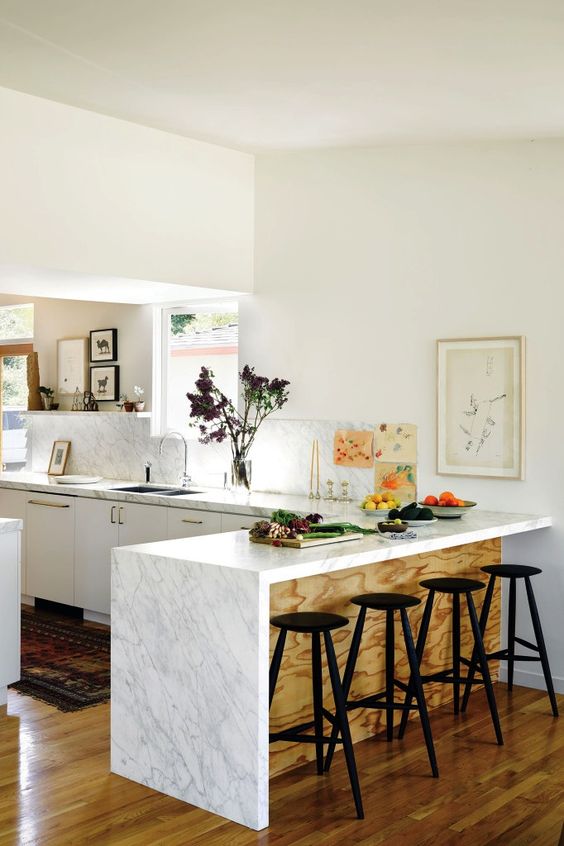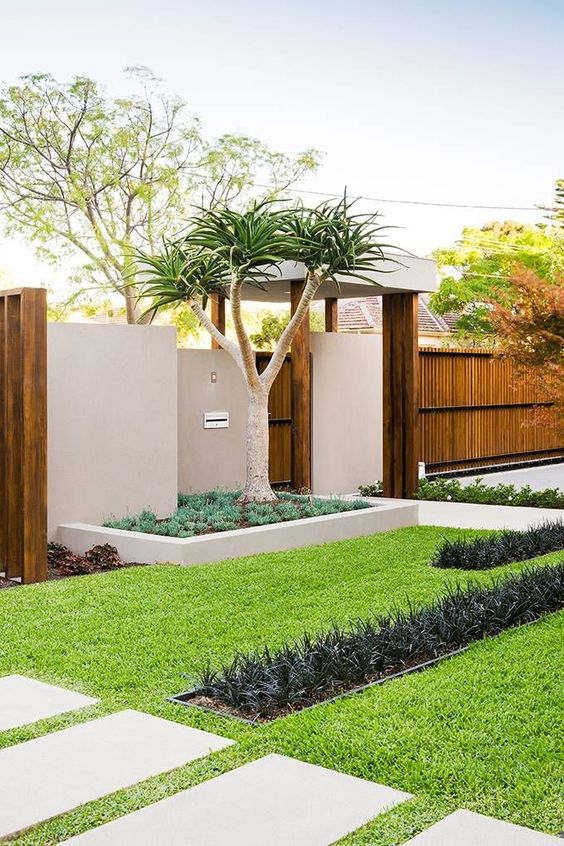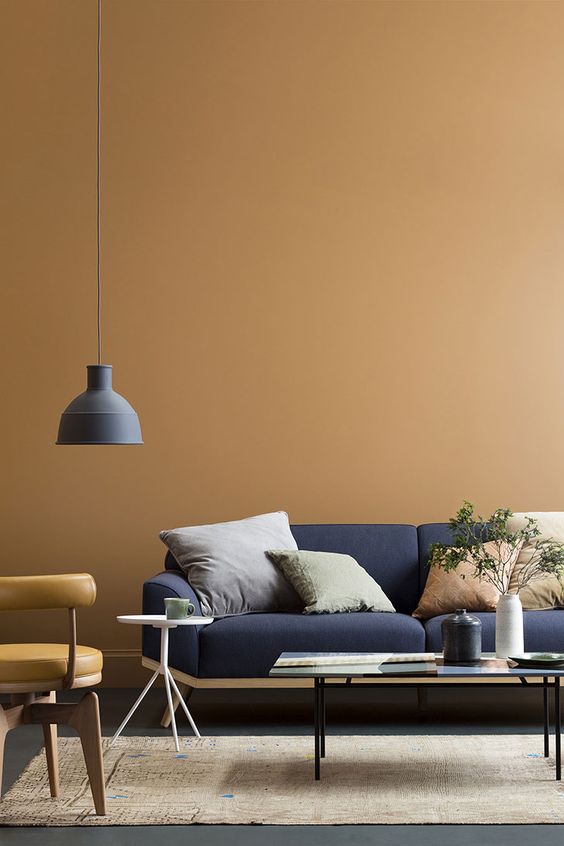Introducing Organic Design Elements to Your Interior
Hello, my dear friends!
In today’s post our regular contributor Lillian Connors will share several great tips on how to introduce organic design elements to your interior.
Imagine a bamboo house in the midst of Bali jungle. Bamboo walls, bamboo stairs, bamboo floors, even a bamboo hammock and bamboo kitchen cabinets. One such place does exist – it is designed by Elora Hardy and her team and it represents the future of sustainable design.
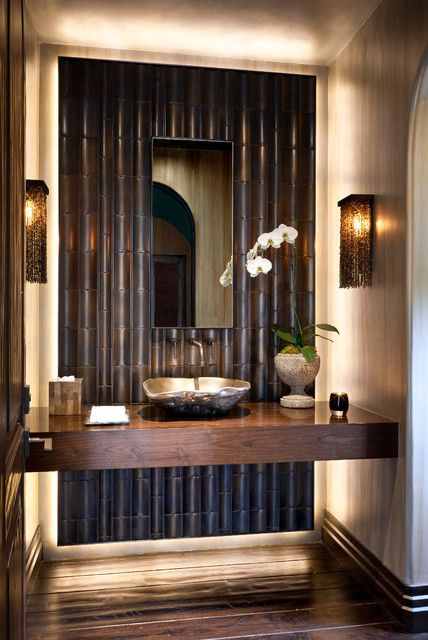
Another way, a more feasible one in urban settings, to create a synergy between nature and your home is definitely using organic design elements. Organic interiors is an emerging trend comprising a large number of organic components: from organic natural materials for flooring, furniture and fabric to artisan goods locally made.
Walls
Some of the more obvious approaches to eco-friendly walls are opting for organic 100% VOC free paints and green wallpapers made with recyclable materials and water-based inks. If you can find nature-inspired designs for these wallpapers, you are definitely going green. On the other hand, brick accent walls are becoming popular, as well. You can paint them, or leave them in their natural state if you are a devotee of wabi sabi and shabby chic. Wood décor, like floor-to-ceiling stacked wood, especially around the fireplace is perfect for emulating cosy winter style. Finally, living green walls are not only aesthetically pleasing, but they can provide thermal and acoustic insulation and improve air-quality, as well.
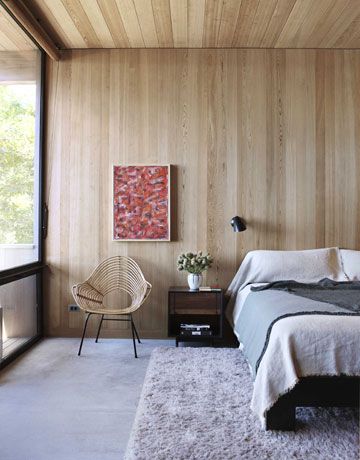
Natural wood furniture
In a recent conversation with the people behind Robert Plumb, it was brought to my attention that outdoor furniture has been extensively used indoors and natural wood is not an exception. Timber furniture, including everything from dining tables to lounges and sofas down to wooden pots and planters can be used inside. Outdoor wood furniture is durable and timeless and it offers natural appeal. On the other hand, consider wooden kitchen cabinets, a wooden kitchen island and wooden wall shelves, too.
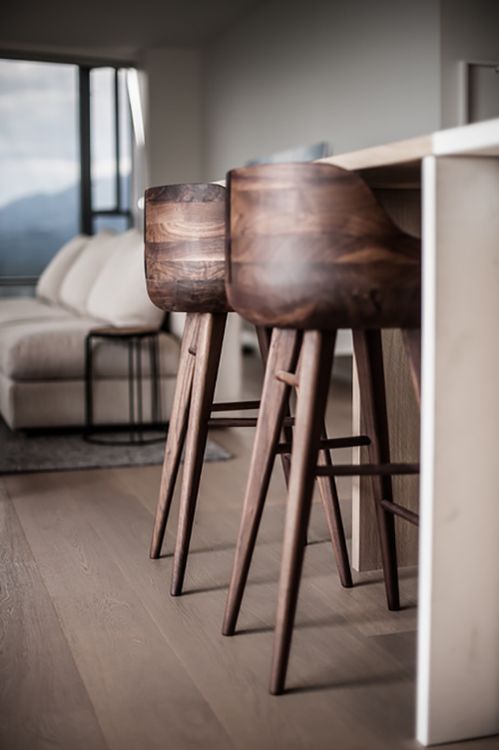
Lighting fixtures
Introducing organic design elements when it comes to lighting fixtures has several aspects to it. Some of the lighting fixtures made with recycled materials can be an easy DIY project, such as a recycled plastic spoon lamp, while others are more complicated to make and are designed by individual designers all over the world. For instance, Edward Chew creates geometric lamps from recycled tetra pak whereas Jennifer Huang can be proud of her pendant lamp made out of 256 pencils.
There are companies specializing in green lighting made of sustainable materials, including cork, bamboo, vines, hemp, recycled glass and paper. These lighting fixtures designs are usually nature-inspired, so you can find a driftwood ball pendant, a leaf lamp and a natural twig chandelier.

Greenery
Apart from a green wall, bringing greenery inside is the most affordable way to feel closer to nature in your home. For example, tiny terrariums are stunning centrepieces. In contrast, glass enclosures with a miniature garden inside the house can put your appreciation of nature on grand display. Plant-integrated furniture includes planter wall tiles by Maruja Fuentes, LED Dino Lamp by Deger Cengiz, a pendant lamp terrarium by Jose de la O and a bonsai planter table by MDC Interiors.
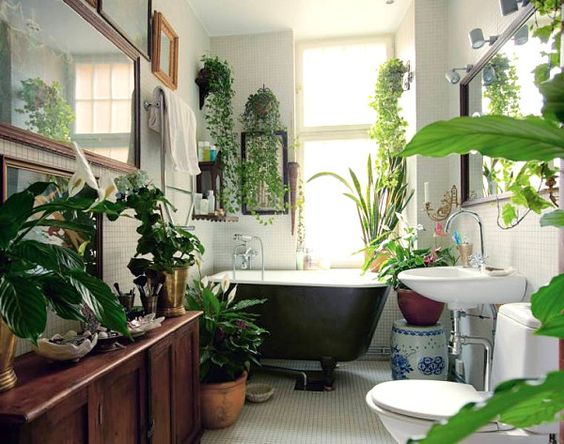
If you lack the time to take care of indoor plants, there are several houseplants that can withstand poor lighting conditions and can thrive despite long periods without water: hen and chicks, English ivy, split-leaf philodendron, cacti, Chinese evergreen, spider plants, African violet, pothos and piece lily flowers.
Going green in the bathroom
Add organic warmth to your bathroom by choosing natural stones for a vanity, walls, or floors. Soapstone, onyx, limestone, Belgian bluestone, slate, sandstone and travertine are the options. Design your bathroom in colours found outdoors, like brown, beige and green. If you would like to have wood in your bathroom, whether on ceiling, or for an accent wall, you do not need to worry about moisture any more. There is a possibility of sealing the surface and installing tar paper.
As you can see, there are a variety of ways to fuse nature and interior design. But do the easiest thing first: open the windows and bring as much natural sunlight as you can in your home.
Passionate about interior design? Check out my e-books:
[ebook_store ebook_id=”16032″][ebook_store ebook_id=”15760″]

